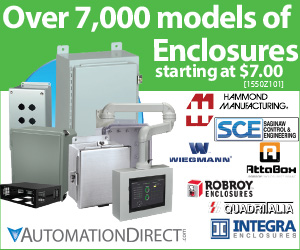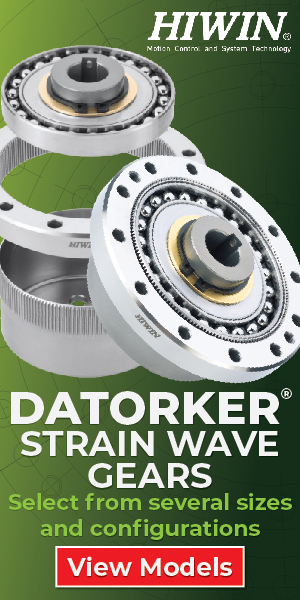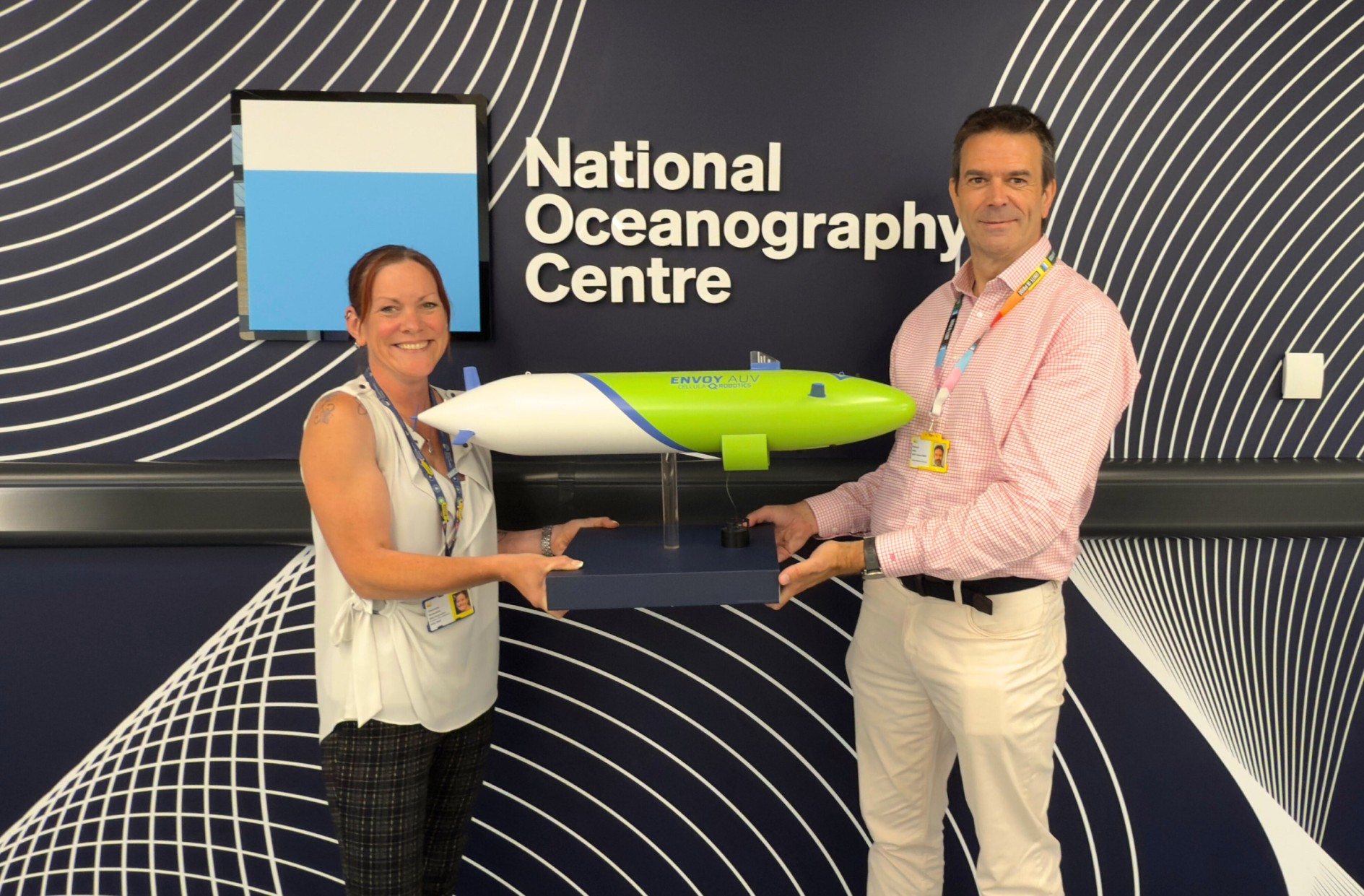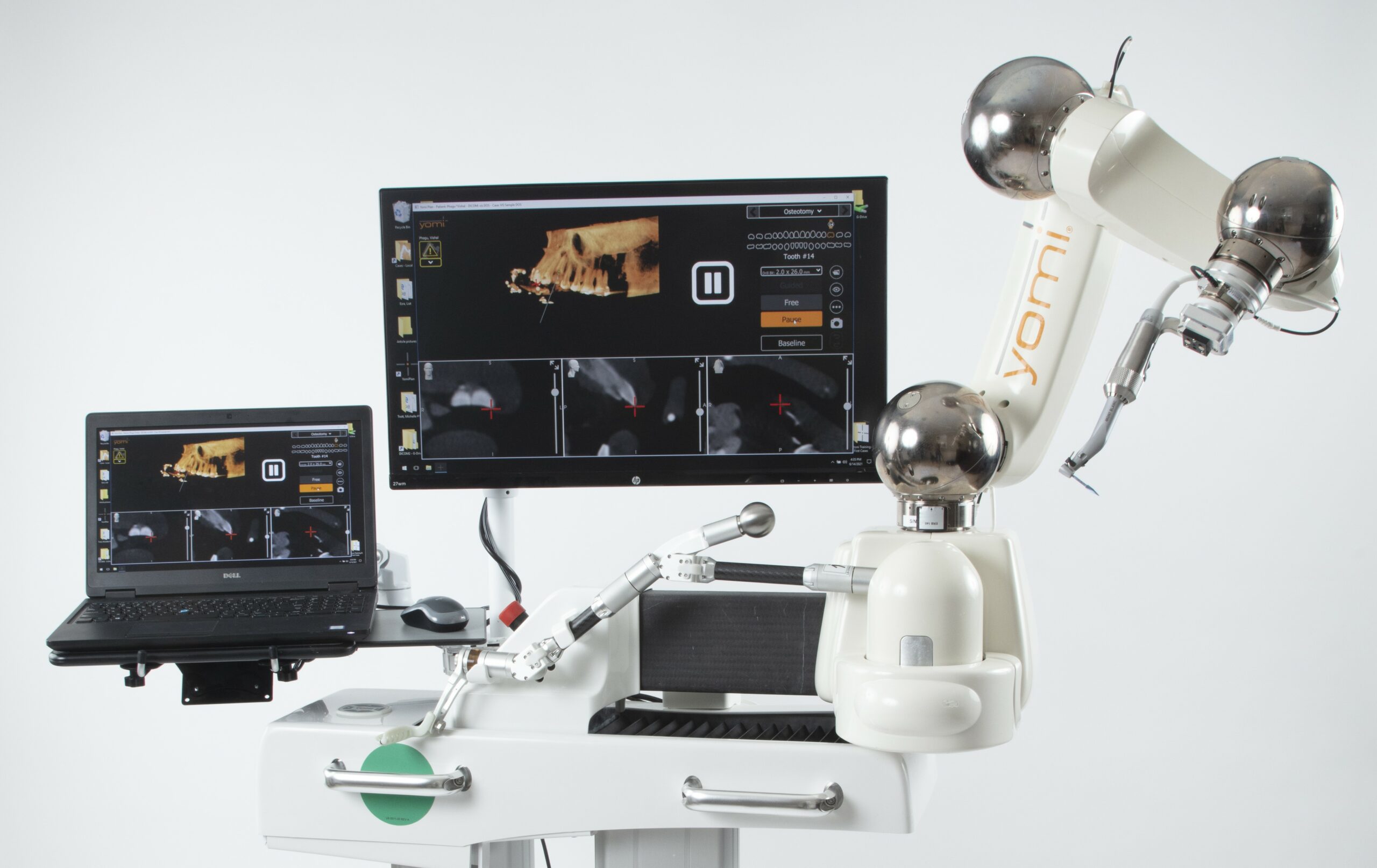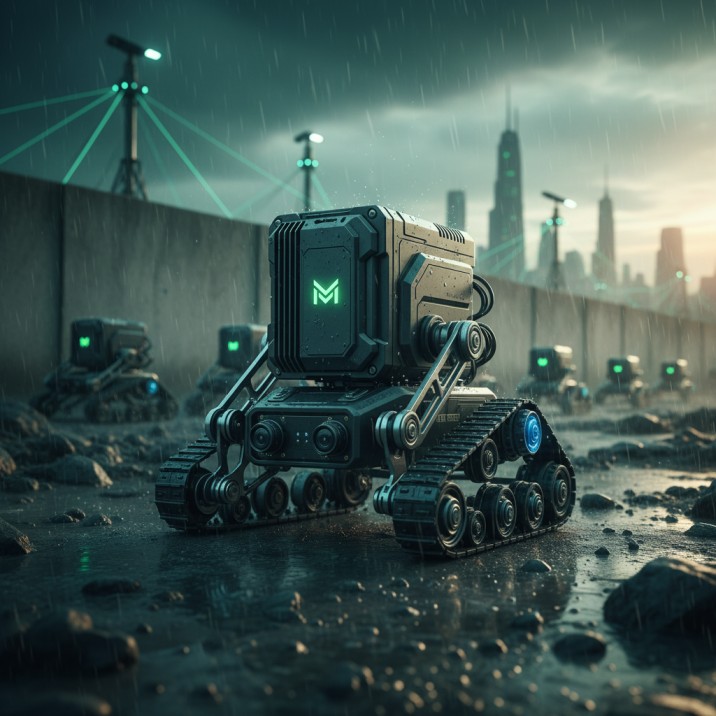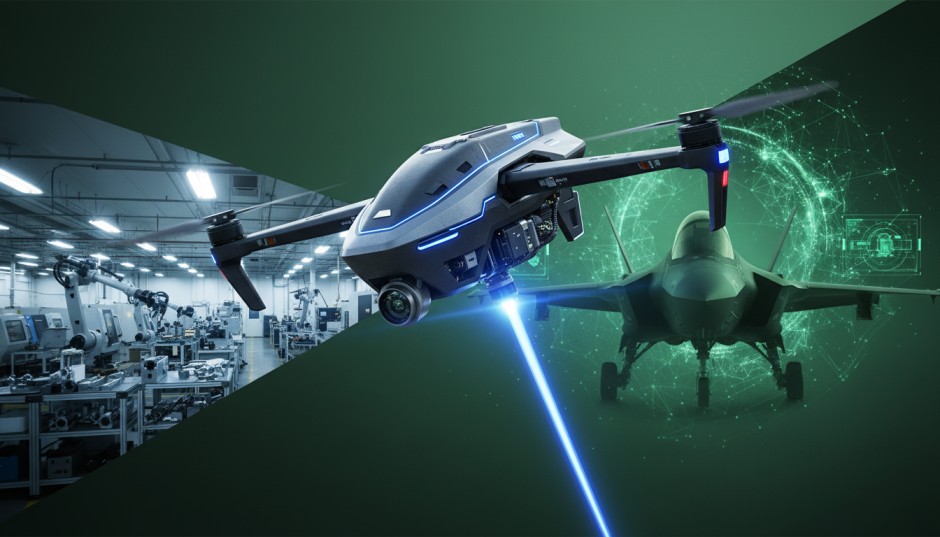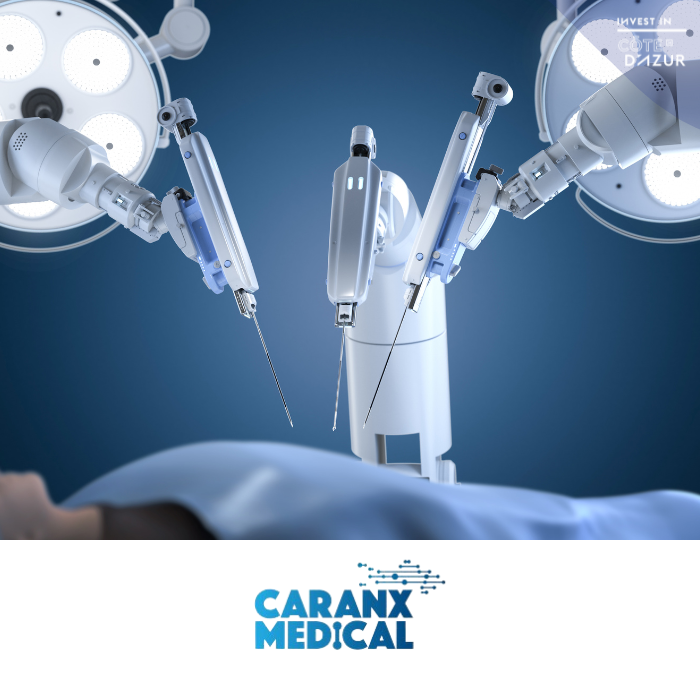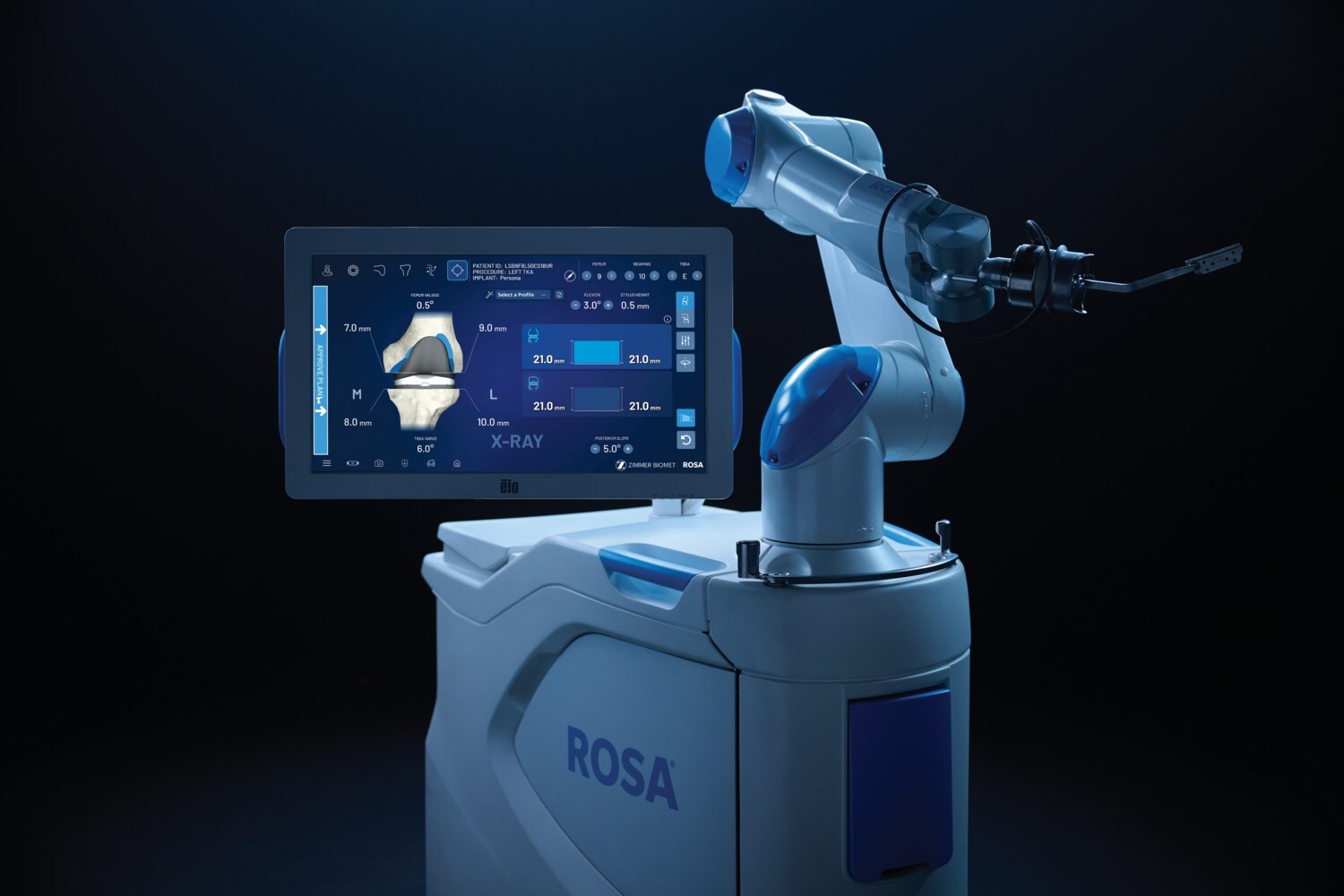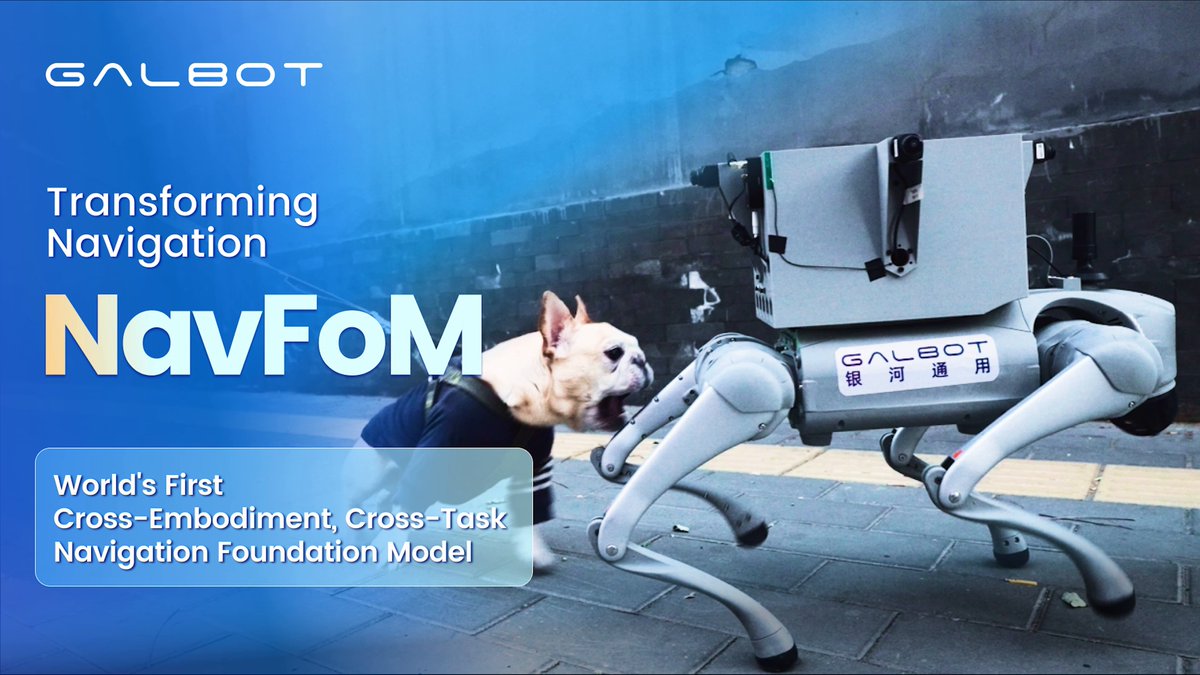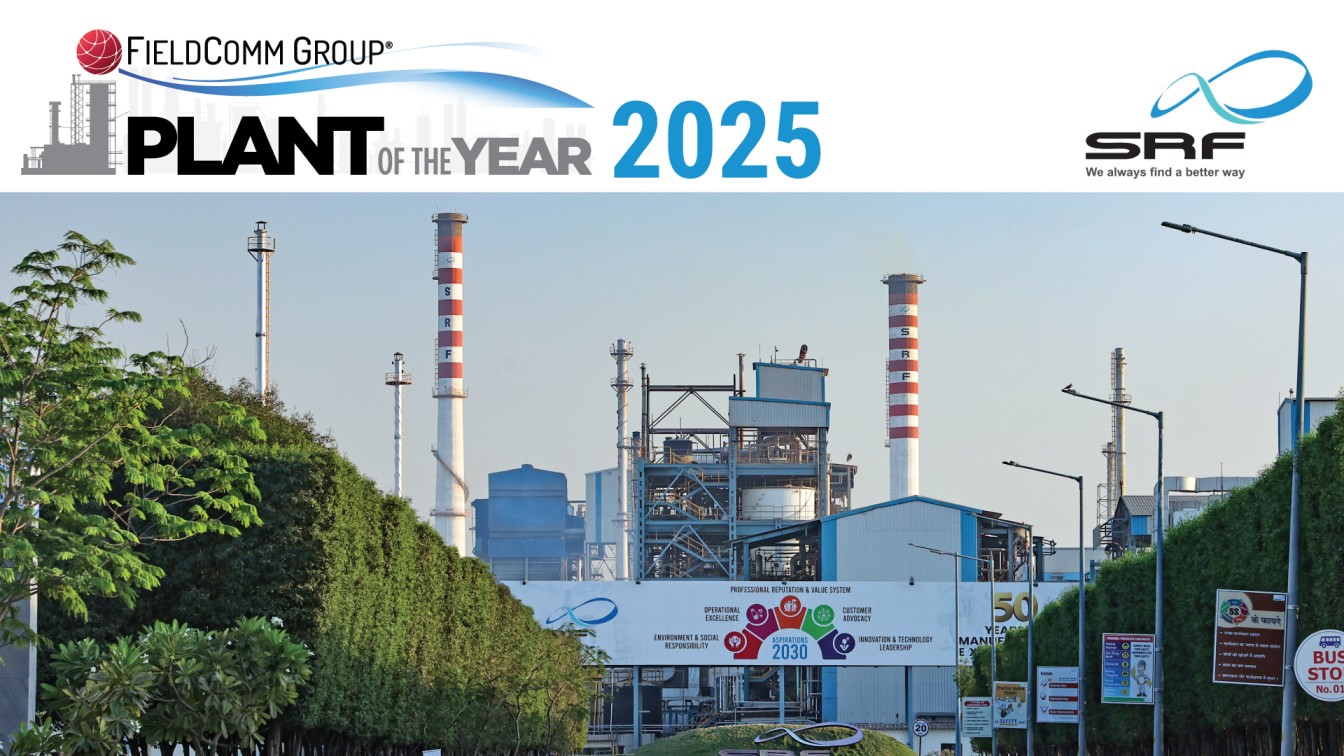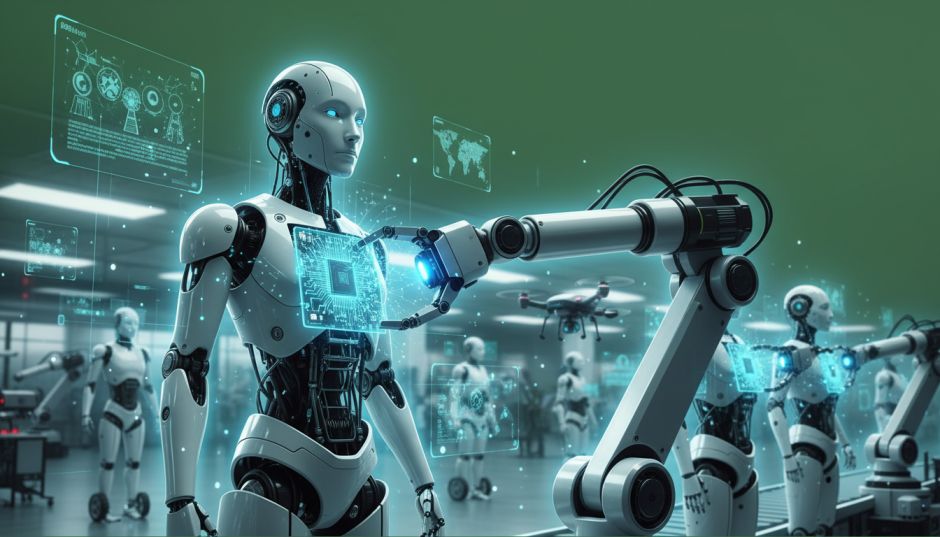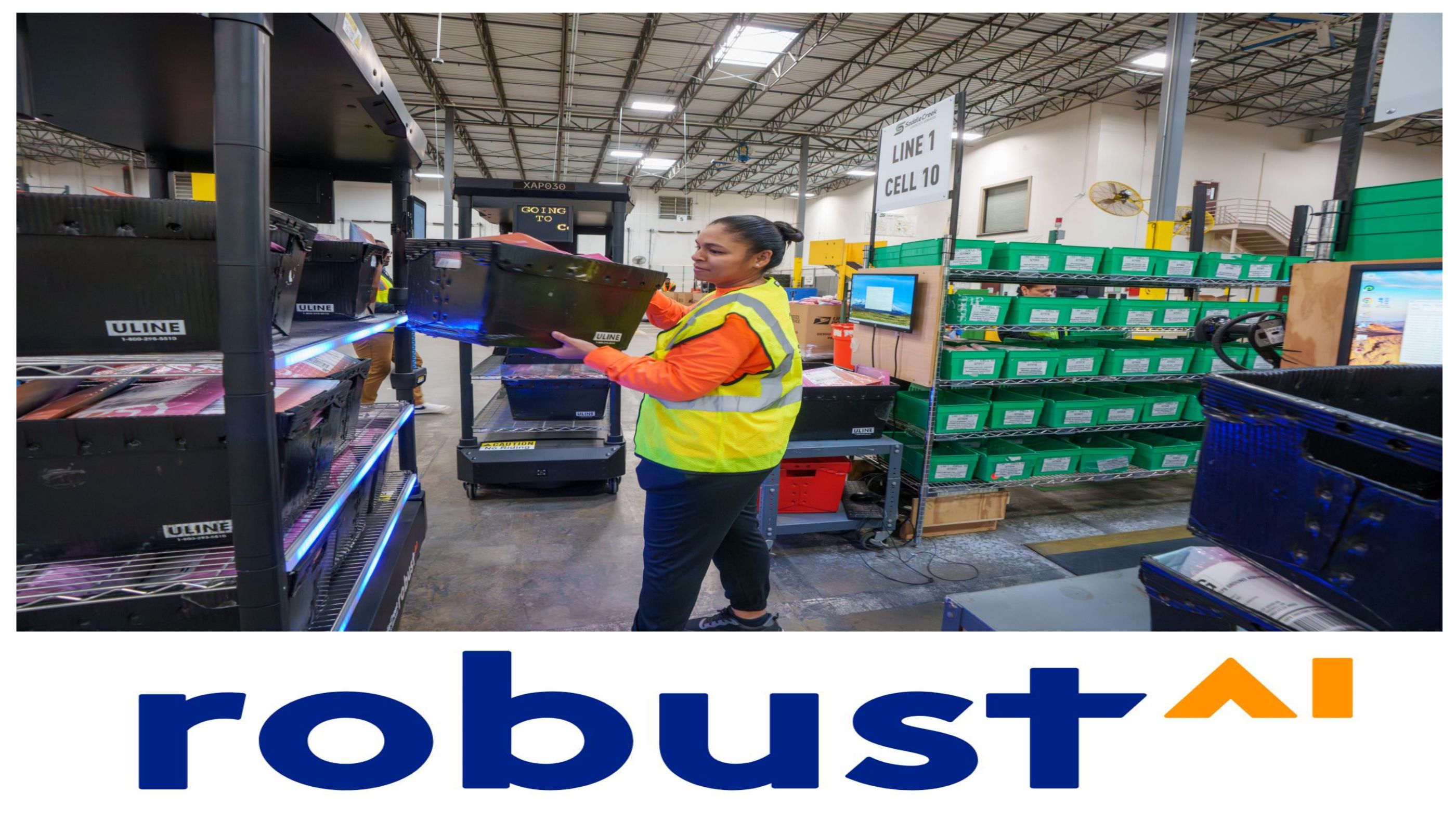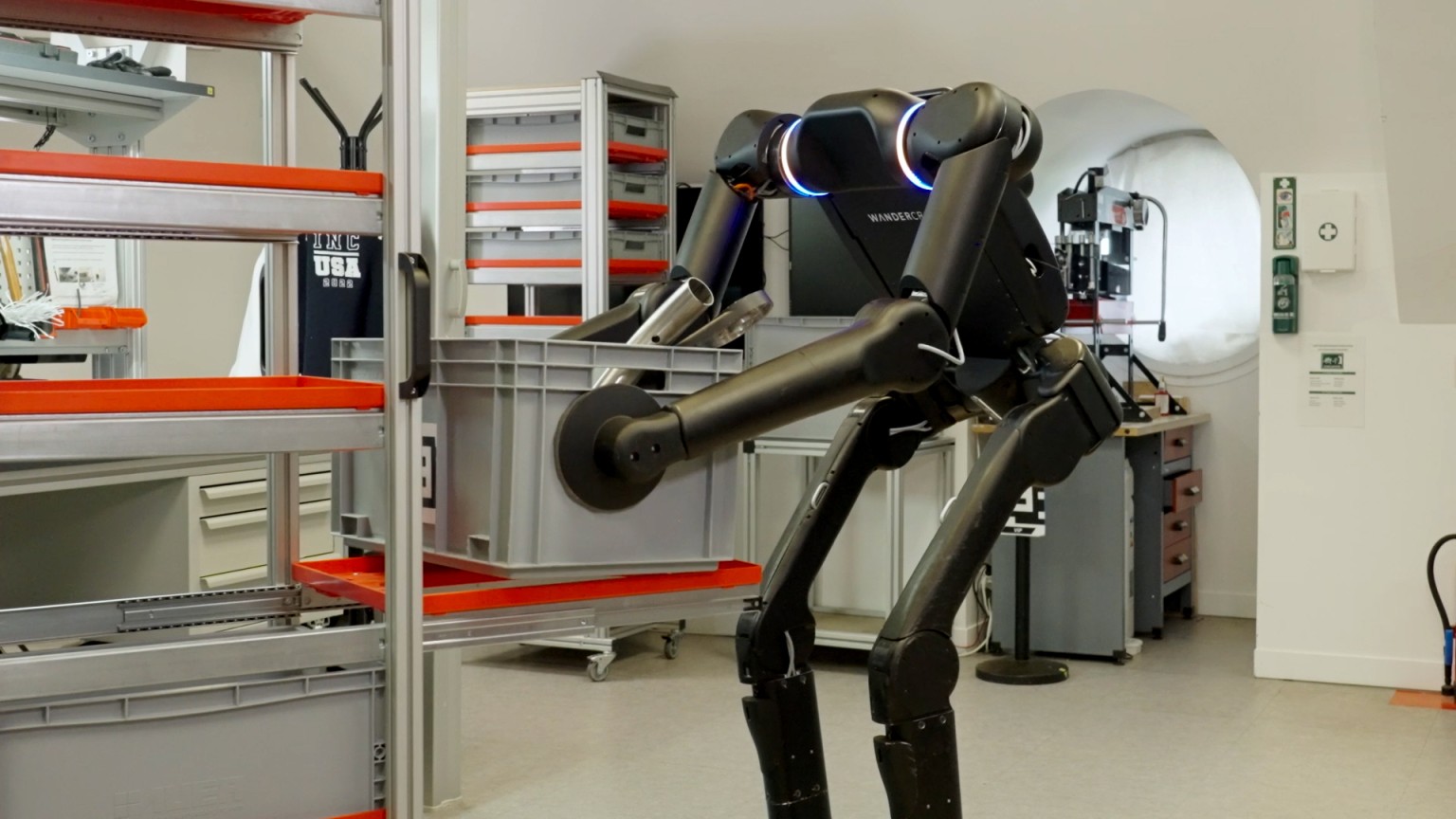Automotive Robotics Market to Reach $27.81 Billion by 2032, Fueled by AI Advancements and Industry 4.0
06 December 2024 | Analysis
With a projected CAGR of 12.6%, the rise of collaborative robots, smart solutions, and EV manufacturing drives transformative growth in automotive robotics, enhancing precision, efficiency, and safety worldwide.
Image Courtesy: Public Domain
The Automotive Robotics Market was valued at USD 9.56 Billion in 2023 and is projected to reach USD 27.81 Billion by 2032, growing at a robust CAGR of 12.6% from 2024 to 2032.
Advancements in AI and Robotics Drive Growth in the Automotive Robots Market with Rising Demand for Collaborative and Smart Solutions.
Automotive Robots Market is growing rapidly, since, robots are taking on increasingly complex tasks due to the advancements in AI, machine learning, and sensor technology. Advances in LiDAR Sensors and Adaptive Control Systems allow for more dynamic operating environments, which assist robots in safe human and machinery interaction. Optimized AI-driven systems ensure operations are optimized such that robots change movements, avoid collisions, and make better decisions altogether, ensuring productivity improvements.
Collaborative Robots (cobots) are emerging as a dominant trend, facilitating human-robot interaction for tasks requiring precision and safety. By 2025, cobots are expected to account for over 35% of automotive robotics installations. The shift to EV manufacturing is driving demand for specialized robotics in battery assembly, with usage in this sector projected to grow by 45% over the next four years. Moreover, Industry 4.0's implementation will motivate 70% of automotive companies to implement Smart Robotics Solutions by 2027 to accomplish reduced downtime and increased operational efficiency.
Key Players Listed in Automotive Robotics Market Are:
• FANUC Corporation (Japan)
• Kawasaki Heavy Industries
• Yaskawa Electric Corporation (Japan)
• KUKA AG (Germany)
• ABB (Switzerland)
• Comau
• DENSO WAVE INCORPORATED
• NACHI-FUJIKOSHI CORP.
• Rockwell Automation Inc.
• Seiko Epson Corporation
• and other key players
Revolutionizing Quality Control as Automotive Robotics Ensures Precision and Consistency in Manufacturing
Automotive Robotics Market is transforming the way quality control is managed in vehicle production, offering unparalleled precision and consistency. These robots are equipped with Advanced Vision Systems and Automotive Sensors that enable them to perform tasks with exceptional accuracy, minimizing part-to-part variability. This ensures that each vehicle produced meets the same high-quality standards, regardless of production scale.
Robots can detect even the slightest material discrepancies and adjust their movements in real-time, improving the adaptability of the manufacturing process. This adaptability not only reduces defects but also optimizes the entire assembly line, contributing to higher operational efficiency. The integration of AI-powered Robotic Systems further enhances decision-making and predictive maintenance, ensuring that quality is maintained throughout the production cycle.
Automotive Robotics Market Segment Analysis
By Type
Multi-jointed armed articulated robots lead in the market at 45%. These have become excellent machines in the tasks of flexible and precision assembly and welding. Cartesian robots, with their linear motion type, grab a spot on the market at 25%. They are essentially suited to handling materials. Cylindrical robots account for 15% of the market, with rotation and linear motion applications. SCARA robots provide 10% and find use in high-speed operations such as pick-and-place activities. Collaborative and delta robots make up the remaining 5%, advancing in speed, precision, and safety.
By Application
Welding robots are at the forefront with 40% as these robots are crucial for structural integrity. Material-handling robots make up 30% of the market, ensuring efficient production by handling transfer and positioning. Assembly/disassembly robots take up 15% to lead in the area of assembling a complex automotive body part, whereas the paint application robot accounted for 10%, creating high-quality uniform finishes.
Automotive Robotics Market Key Segmentation:
By Type
• Articulated
• Cartesian
• Cylindrical
• SCARA
• Others
By Application
• Welding
• Painting
• Material Handling
• Assembly/Disassembly
• Others
Regional Analysis:
The Asia Pacific region dominates the automotive robotics market, with a 55% share, led by robust car manufacturing industries in China, Japan, and South Korea. Government initiatives promoting automation and labor costs have further fuelled this leadership.
Europe comes second because there are the luxury carmakers from Germany and Italy who largely depend on robotics to produce with precision and adhere to strict safety standards.
North America is seeing the fastest growth, largely due to the comeback of muscle cars and increased focus on advanced manufacturing techniques. The region is also a hotspot for technological innovation, with tremendous investments in robotics development.
Recent Developments
November 2023: ABB Robotics launched the IRB 930 SCARA robot with several payload variants to accommodate ever-expanding automation opportunities in traditional and emerging markets.
November 2024: Tata Elxsi, DENSO, and AAtek opened the Robotics and Automation Innovation Lab in Frankfurt to promote innovation in the robotic and automated execution of automotive, medical, and other industries.



